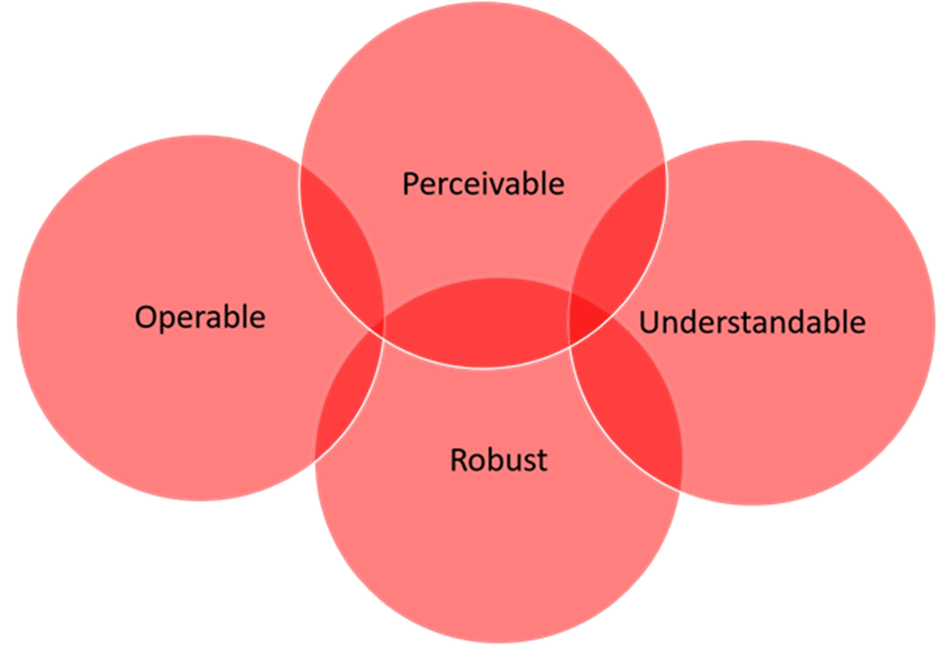Understanding the POUR Principles of Accessibility


The Web Content Accessibility Guidelines (WCAG) are internationally agreed upon standards established to help content authors and developers create web content – whether a website, web application, or other digital technology – with accessibility in mind.
There are four main guiding principles of accessibility upon which the WCAG have been built. These four principles are known by the acronym POUR for Perceivable, Operable, Understandable, and Robust.
POUR is a way of approaching web accessibility by breaking it down into these four main aspects. Let’s take a more in-depth look at what each of these principles mean.
Perceivable – Information and user interface components must be presentable to users in ways they can perceive. This means that users must be able to understand the information being presented; it can’t be invisible to any of their senses.
Perceivable Guideline Example: Text Alternatives. Provide text alternatives for any non-text content so that it can be changed into other forms people need, such as large print, braille, speech, translations, or simpler language.
Operable – User interface components and navigation must be operable. This means that users must be able to use the interface and it cannot require interaction that a user cannot perform.
Operable Guideline Example: Keyboard Accessible. Make all functionality available from a keyboard or a keyboard interface so that people with disabilities are able to operate websites without needing a mouse.
Understandable – Information and the operation of user interfaces must be understandable. This means that users must be able to comprehend information as well as how to use the interface.
Understandable Guideline Example: Labels and Instructions. Labels and instructions are provided to users whenever content requires user input, e.g. sign up or login forms.
Robust – Content must be robust enough that it can be interpreted reliably by a wide variety of user agents, including assistive technologies. This means as technologies and user agents advance and evolve, content should remain accessible.
Robust Guideline Example: Parsing. Maximise compatibility with current and future user agents, including assistive technologies, by ensuring content created using markup languages are coded correctly and have complete start and end tags. This allows user agents to present content without crashing.
These guidelines work with a ‘success criteria’ organised into three levels of compliance: A, AA, AAA. Level A and Level AA have been adopted by various international standards and legal requirements.
For more details on the differences between the three levels of WCAG compliance, read our blog post on Level A, AA, and AAA guidelines.
At IA Labs, we believe the WCAG 2.1 provides the best framework for achieving accessibility and we apply the 4 POUR principles when conducting accessibility audits. Our team of accessibility experts can help you understand how standards like the Web Content Accessibility Guidelines can be implemented on your website.